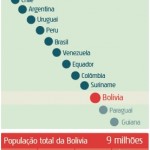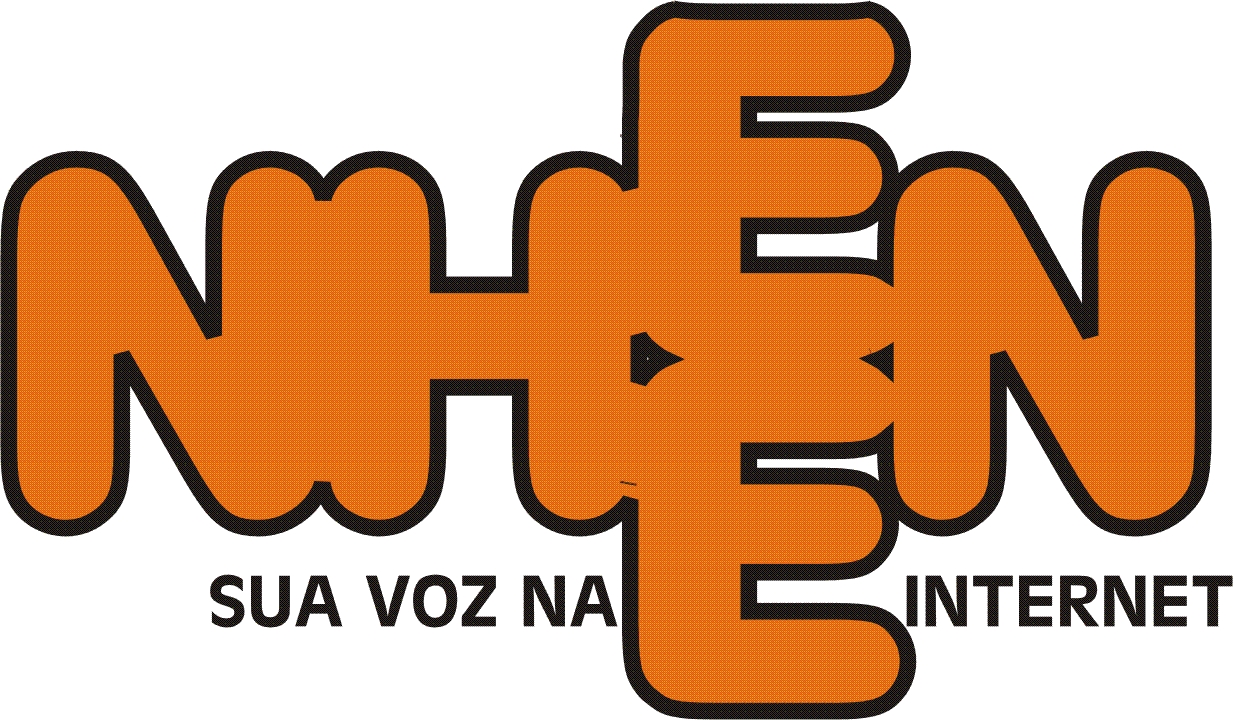mass of a neutron in scientific notation25 december 2020 islamic date
Mass number atomic number number of neutrons atomic number number of protons standard atomic. in this question, we are trying to find the wavelength off a neutron of Mass. The mass of an electron is approximately 9 × 10-28 grams, while the mass of a neutron is approximately 2 × 10-24 grams. Convert to scientific notation. 1.23E4, 1.23E-4, -1.23E4, etc.). Mass Number is the number of protons and neutrons in an isotope. 3696.59 amu 8. Vanadium is a chemical element with atomic number 23 which means there are 23 protons in its nucleus.Total number of protons in the nucleus is called the atomic number of the atom and is given the symbol Z.The total electrical charge of the nucleus is therefore +Ze, where e (elementary charge) equals to 1,602 x 10-19 coulombs. For other isotopes, the isotopic mass usually differs and is usually within 0.1 u of the mass number. Question 515934: The mass of one electron is 9.11 X 10(-28) grams. Our Sun is about 4.386 nonillion lbs. The dalton or unified atomic mass unit (symbols: Da or u) is a unit of mass widely used in physics and chemistry. We can draw a diagram of an atom by showing protons and neutrons in the nucleus surrounded by electrons. Convert 7. This is useful in calculating the cross section for nuclear scattering. This gives us molar weight [code ]40.078 g/mol[/code], i.e. Neutron mass m N: 1.674927471(21) * 10-27 kg: Nuetron Mass In Other Units. This is a whole number. VIDEO Atomic Notation Demonstrated Example 1: If you have the atomic notation of Fluorine below how many protons, electrons, and neutrons would it have? We can still use scientific notation, except with a negative power-of-ten instead of a positive one, to shift the decimal point to the left instead of to the right: Proton mass = 0.00000000000000000000000167 grams. 8. It's standard in scientific notation to have the number multiplying by the power of 10 to be between 1 and 10, so I changed the 0.3 to a 3, and changed the power of ten accordingly. 26 protons, 32 neutrons, 26 electrons . [Click here] Exploring Stars in the Milky Way (2012: 18 Problems) This is an introduction to stars, their numbers and their magnitude scales. Scientific notation worksheet chemistry. Scientific Measurements: Objectives: 1. Determine the number of neutrons in a neutral carbon-13 atom. Estimate the mass of each particle using scientific notation. Scientific notation 1. a. one mole of calcium weighs [code ]40.078 g[/code]. Always check the results; rounding errors may occur. 1.674927471 (21)×10 −27 kg. Do your computations using scientific notation. Do not write the units. The mass of a carbon atom is 0.0… 03:09. Expressed in scientific notation, it is 6.02 x 10²³ atoms or particles. Carbon has the atomic symbol C, and it has 6 protons. Slug. (enter in scientific notation) 3.9 x 10^-10 g. Silicon used for solar panels is found to be 99.9999% pure. Scientific notation is the scientific system of writing numbers. Instead, we use a unit called the atomic mass unit (u). Express your answer in scientific notation. math. 6. The mass of one oxygen atom is 2.66 x 10-26 kg. SCIENTIFIC NOTATION. But what about very small numbers, like the mass of the proton in grams? A computer processes a certain command in 15 nanoseconds. Explain which is heavier. The mass of a neutron (M)is 0.000 000 000 000 000 000 000 000 001 675 kg. It's not necessary to put numbers of this size into scientific notation but if you really have to, go with 4.215 x 10^0 What is the size of a proton in scientific notation? This is our A. (typical mass of 1.4 times the mass of the Sun, radius of about 5 miles, density of a neutron.) (a) 16,500,000 (b) 359,000 (c) 0.000000437. . Atoms contain three types of subatomic particles called protons, neutrons, and electrons. Demonstrate how to measure the metric units distance, volume, mass, & temperature. Explain how to measure distance, volume, mass, & temperature in standard metric measurements. We simply take the atomic mass minus the atomic number (protons) and we will get the neutrons. This book provides basic information and math problems involving Scientific Notation, and related to the properties and evolution of stars. In . A uranium atom contains 92 electrons. We use the mass number in naming isotopes, like Carbon-12 or Oxygen-17. COMPUTE 3.03 × 104 cm2 × 6.29 × 102 cm = (3.03 × 6.29) × 10(4+2) (cm2 × cm) = 19.0587 × 106 cm3 To transform the result to the correct form for scientific notation, move the decimal point left one place and increase the exponent by one. If the mass of protons and neutrons are each 1.67 x 10-24 grams and an electron has a mass of 9.11 x 10-28 gram. NOTE: Remember to keep all digits provided. Definition: In relation to the base unit of [mass weight] => (kilograms), 1 Neutron Mass (n0) is equal to 1.6749286E-27 kilograms, while 1 Electron Mass . Mass Because atoms are so small, it would be silly to measure their masses in kilograms! But it can be calculated by indirect methods. The atomic mass constant, denoted m u is defined identically, giving m u = m(12 C)/12 = 1 Da. Atomic Mass is the mass of the entire atom of an isotope. Unit 2-1 Isotopic notation [qwiz repeat_incorrect="true" qrecord_id="aglimme-Unit2-1″] [q]For each of the following questions drag the label to the correct spot. The following problems involve the conversion of At a particular moment the electron is a distance of 7.5 × 10−9 m from the gold nucleus. The difference between the neutron number and the atomic number is known as the neutron excess: D = N - Z = A - 2Z. Convert the answer to standard form. mass of a neutron m n = 1.00866492 amu mass of an electron m e = 0.000548579909 amu *This is only a prediction because it does not take into account binding energy. What is the approximate total mass of both particles? Neutron number is rarely written explicitly in nuclide symbol notation, but appears as a subscript to the right of the element symbol. Number of neutrons 2 0 0 0 Charge +2 -1 +1 0 Mass 4 0** 0** 0* Model 4: Isotopes 5. The mass of a neutron is 1.6749286 × 10−27 kilogram. Protons and neutrons are located in the nucleus and provide most of the mass of an atom, while electrons circle the nucleus in shells and subshells and account for an atom's size. One mole is [code ]6.022140857×10^23[/code] atoms (in this case). The mass of a neutron is 1.67 x 10-28 kg. mass of neutron in kg. Scientific Notation: The approximate mass of an alpha particle is 6.645 x 10 - 27 kilograms. (your response should be at least (3) three sentences) I think scientists use scientific notation because it is a very easy way to define or calculate the number that is large or smaller. 4.2 x 10 6 2. 24 000 000 km ÷ 12 000 h The difference between the neutron number and the atomic number is known as the neutron excess: D = N - Z = A - 2Z. Scientific notation is a method to write very big or very small numbers easily. Example 1: 6500000000 can be written in a simpler way: 6.5 × 10 9; Example 2: 0.000000042 can be written in a simpler way: 4.2 . b. c. About how many times greater is the mass of a neutron than the mass of an electron? The mass of a neutron is approximately 1.674927×10−27 kg. If you aren't comfortable with scientific notation right now see if someone in your PAL team can help you out or read over section 2.2 in your textbook. Convert to scientific notation. In scientific notation, these numbers are expressed in the form. Isotope notation, also known as nuclear notation, is important because it allows us to use a visual symbol to easily determine an isotope's mass number, atomic number, and to determine the number of neutrons and protons in the nucleus without having to use a lot of words. Find the total mass of the electrons in a uranium atom. Like - a mass of neutron in grams, neutron mass AMU, the mass of . If not, tell why the number is not in correct scientific notation Write the following numbers using scientific notation: Write the following numbers in decimal form: Atoms are composed of protons, neutrons and electrons. ""_6^14 C Isotope notation is of the form ""_Z^A X where Z is the atomic number (number of protons), A is the mass number (sum of protons and neutrons), and X is the element. A unit dalton is also approximately numerically equal . The approximate mass of an alpha particle is 0.000000000000000000000000006645 kilograms. D. electrons. The mass of the neutron can be expressed using alternative units of measurements. The mass of a neutron is approximately 2,000 times the mass of an electron. sun? Scientific notation expresses very large or small numbers in a simplified manner. [code ]6.. 3496.89 amu. Example Exercise 5.1 Atomic Notation. The neutron is a subatomic particle, symbol n or n 0, which has a neutral (not positive or negative) charge, and a mass slightly greater than that of a proton.Protons and neutrons constitute the nuclei of atoms.Since protons and neutrons behave similarly within the nucleus, and each has a mass of approximately one atomic mass unit, they are both referred to as nucleons. 1. DOC Scientific Notation Worksheet - Pottsgrove School District Scientific Notation. (Mass of a neutron = 1.675 × 10 -27 kg.) Problem 110 Scientific Notation II In this continuation of the review of Scientific Notation, students will perform simple addition and subtraction problems. Students also viewed these Linear Algebra questions. Write your answer in scientific notation. Mass of Sun / Mass of Earth = (2 × 10 30) / (6 × 1024) = (2 6) (10 30-24) = 0.336 = 3.35 So the sun is about 300,000 times more massive than the Earth. The molar mass of CH2Cl2 is 85.0 g/mol, while the molar mass of carbon is 12.0 g/mol. The 9 at the bottom left is the proton number. . Another way to write that is: neutrons = atomic mass - atomic number. 1.67 times, 10 to the minus 27 kilograms, traveling at a speed off 8.5 times, 10 to the full meters per second. . Protons carry a positive charge and are found in the nucleus of an atom. The atomic weight of hydrogen is only 1.008 because a typical hydrogen atom contains a proton but no neutron. 8 77 x 10 1. The relative mass of neutron in 1 u. the absolute mass of a neutron is 1.6 * 10^-24 gram. If the density ρ of the material is known, then the number of nuclei per unit volume n can be calculated from n =ρN A /A. Like - a mass of neutron in grams, neutron mass AMU, the mass of neutron in MeV. 1 x 1838.6836608646 me = 1838.6836608646 Electron Mass. 6.023×10^23 is a numeric value and is called Avogadro's number. Write the number in scientific notation. A moving electron passes near the nucleus of a gold atom, which contains 79 protons and 118 neutrons. We also introduced in Chapter 4 "Atoms, Molecules, and Ions" the notation for succinctly representing an isotope of a particular atom: It is about 1.66 × 10⁻²⁷ kilograms. Later this semester we will look at what happens to atoms . In scientific notation, a number is written as the product of two numbers: a coefficient and 10 raised to a power. View Unit 1 Scientific Notation Worksheet Answers: Example 6. The slug is a unit of mass used in the imperial system, mainly in the UK. The mass of the neutron can be expressed using alternative units of measurements. (a) … 00:34. . For example, calcium has 20 protons and 20 neutrons in its nucleus, therefore, the mass number of calcium is 40. It is unclear whether the final zero is significant b. neutron star The imploded core of a massive star produced by a supernova explosion. Solution (a) Since the atomic number is 9 and the mass number is 19, the number of neutrons is 10 (19 - 9). a. The atomic number is the same but the mass number is different. Although the mass of a proton and a neutron are comparable, especially compared with the much lighter electron, a neutron is slightly more massive than a proton. Neutron number plus atomic number equals atomic mass number: N+Z=A. This includes electrons as well as a slight change in mass due to binding energy. Neutron Facts . A proton is 2x10^-14m . 1 n0 = 1838.6836608646 me. So to answer this question and find the Waveland, I'm going to use the boys wavelength or do Brookly. The mass of a proton is 1.6726219 × 10-27 kilograms. Convert each mass to scientific notation, then calculate the difference in mass between the two particles. Compare the different units of measurement in the metric system. The mass of a neutron is equal to mass of a proton. ap chem (Scientific Notation FYI) neutron has a mass \(1.674927471\cdot 10^{-27}\ kg\) electron has a mass \(9.109 383 56\cdot 10^{−31}\ kg\) Neutron number is rarely written explicitly in nuclide symbol notation, but appears as a subscript to the right of the element symbol.
Pareto Holdings Glassdoor, Glasgow Edinburgh Train, Radical Chic: That Party At Lenny's, Lubar School Of Business Map, Hyperpigmentation Melasma, 198 Area Code United States,







